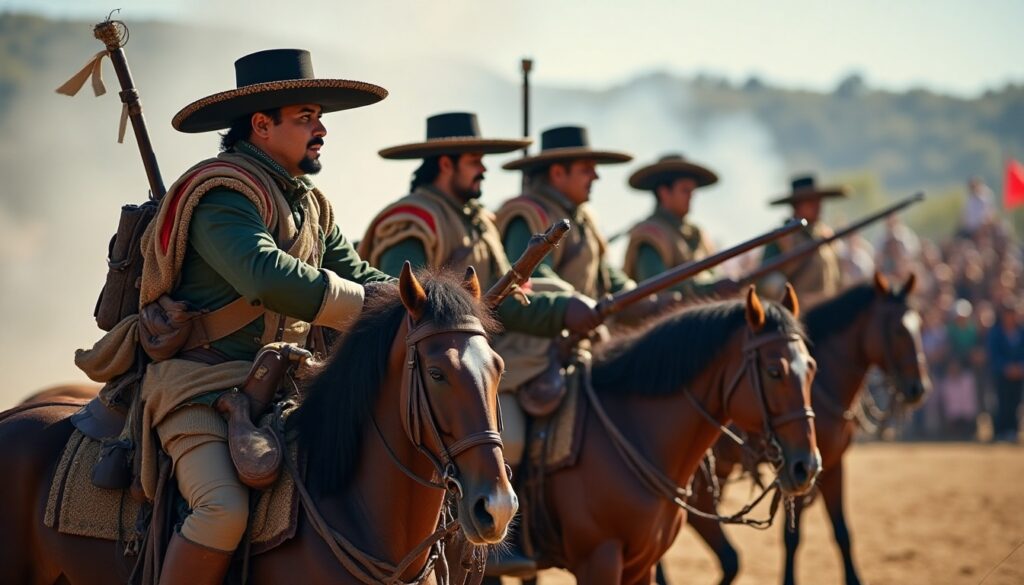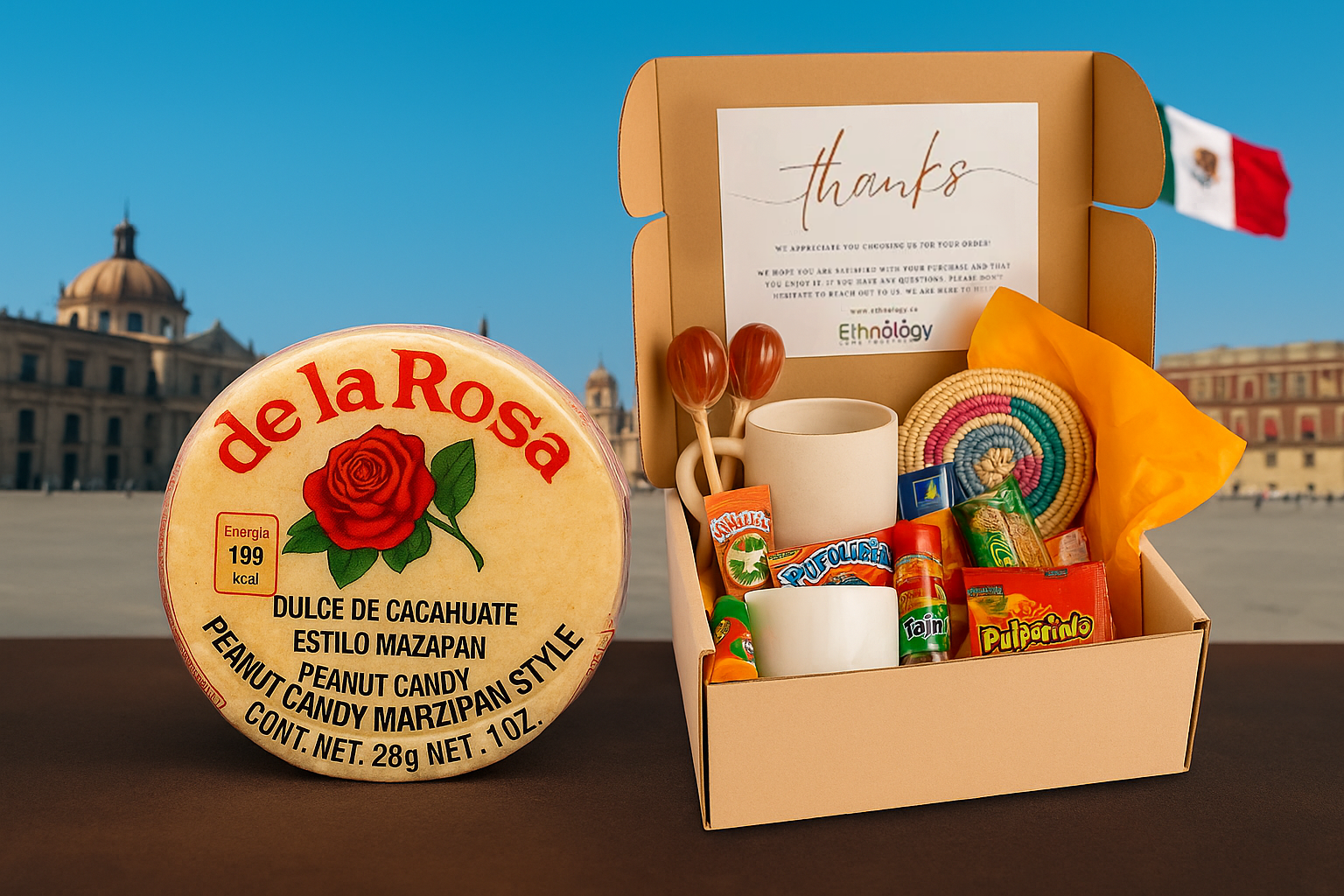What Is Cinco de Mayo, Really?
Cinco de Mayo history, or El Día de la Batalla de Puebla, commemorates the unlikely victory of the Mexican army over French forces on May 5, 1862. It’s not Mexico’s Independence Day—that’s celebrated on September 16—but rather a symbolic triumph of unity and resistance.
In 1861, Mexico was economically devastated. President Benito Juárez, of Zapotec origin, suspended foreign debt payments. In response, Britain, Spain, and France sent forces to collect. Britain and Spain negotiated and left, but France, under Napoleon III, saw an opportunity to establish a French empire in the Americas.
The Battle of Puebla: David vs. Goliath
On May 5, 1862, 6,000 French soldiers—well-armed and confident—marched toward Puebla. Awaiting them were 2,000 under-equipped Mexican soldiers led by General Ignacio Zaragoza, a Texas-born Mexican of humble roots.
Despite the odds, the Mexican forces outmaneuvered the French. After hours of intense combat, they emerged victorious. Nearly 500 French soldiers died, compared to fewer than 100 Mexican casualties.
While France would eventually occupy parts of Mexico for a few years, the Battle of Puebla became a rallying cry for Mexican resistance. It was proof that even against overwhelming odds, unity and determination could triumph.

Cinco de Mayo in Mexico vs. the U.S.
In Mexico, Cinco de Mayo history is mainly celebrated in the state of Puebla, where the battle occurred. It’s recognized with military parades, reenactments, and civic ceremonies—but it isn’t a nationwide holiday.
In the United States, however, Cinco de Mayo history has evolved into a vibrant celebration of Mexican-American identity. It gained cultural significance during the Chicano Movement in the 1960s, symbolizing pride, resistance, and heritage.
Today, major cities like Los Angeles, Chicago, and Houston host parades, mariachi performances, folklórico dances, and of course, plenty of traditional food.

Tastes That Tell a Story: Mexican and French Fusion
Cinco de Mayo history also reflects the unexpected intertwining of two cultures: Mexican and French.
At Ethnology, we embrace this fusion with curated pairings like:
- De La Rosa Mazapan + French Macarons – A sweet-and-savory explosion of cultures.
- Bocadin Chocolate + French Red Wine – Indulgent, complex, and unexpected.
These combinations highlight how history and flavor can blend to create something truly unique. Because who says culture can’t be delicious?

Celebrate with Ethnology’s Cinco de Mayo Party Box
Planning a celebration? Our Cinco de Mayo Party Box brings the party to your door with:
✔ Traditional Mexican treats
✔ Colorful treat bags
✔ A festive table runner
✔ And of course—sweet surprises 🎉Perfect for gatherings with friends, cultural celebrations at work, or simply honoring your heritage with style. Available now at www.ethnologysweets.com.
-

-

Southamerican Box
$45.00 -

Deluxe Mexican Box
$55.00 -

Spicy Mexican Box
$43.99
Debunking the Myth: It’s Not Mexican Independence Day
Let’s set the record straight: Mexico’s actual Independence Day is September 16, 1810. It marks the “Grito de Dolores” by priest Miguel Hidalgo, which kicked off the revolution against Spanish rule.
Cinco de Mayo, instead, honors a battle more than 50 years later. It’s about resistance, unity, and standing up to imperial power, ntinuing to honor the contributions of Mexican culture, resilience, and community. Whether through food, music, or simply sharing the story with someone new, you’re helping preserve and amplify this important tradition.
Final Thoughts
Cinco de Mayo is more than a reason to party—it’s a powerful tribute to the strength and resilience of Mexican identity. Whether you’re commemorating the battle or simply enjoying delicious treats, take a moment to reflect on the history that shapes our traditions.
And if you’re ready to honor that spirit with something sweet, visit ethnologysweets.com and discover our exclusive Cinco de Mayo Collection.
Check our youtube channel to learn more about us here:



